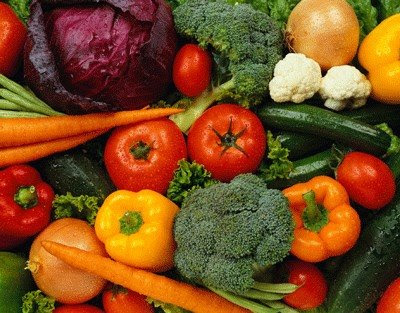Colourful and crunchy fruit and vegetables can be an enjoyable part of your child's life. Most babies eat fruit and vegetables as one of their first solid foods. After the first year, you may notice your child become fussier as they become more independent eaters. Often this fussiness may include fruit and vegetables. If children start to eat less fruit and vegetables from time to time, this may worry parents, but usually it causes no harm. It is not possible to force children to eat more fruit and vegetables. The best way is to set a good example for them. If you eat and enjoy fruit and vegetables every day, your children may eventually follow your lead. The first step is for you to eat and enjoy vegetables and fruit every day. It is important to keep offering vegetables and fruit in a variety of ways, as children learn to eat what is familiar to them. Never assume that your child dislikes a particular fruit or vegetable; the next time you offer may be the day they decide to try it.
The first step is for you to eat and enjoy vegetables and fruit every day. It is important to keep offering vegetables and fruit in a variety of ways, as children learn to eat what is familiar to them. Never assume that your child dislikes a particular fruit or vegetable; the next time you offer may be the day they decide to try it.
All vegetables and fruits are healthy. Fruit and vegetables may be any colour, shape, texture or variety. They can be fresh, frozen, tinned or dried. They may be raw, cooked, steamed, boiled, microwaved, stir-fried or roasted. Variety is important. Try to choose different coloured fruit and vegetables, particularly yellow, green and red. Some examples are melon, carrot, pumpkin, stone fruit, broccoli, spinach, leafy greens and tomato. Sometimes vegetables and fruit can seem expensive. To keep down the cost, choose those that are in season, and use frozen or tinned varieties as well. Remember to offer children a variety of fruit and vegetables every day. Children’s serving sizes may be small and will depend on age, appetite and activity levels. Remember that any amount is better than none, and always be on the lookout for ways to include more. Focus on lots of different vegetables and fruit, not the amounts.